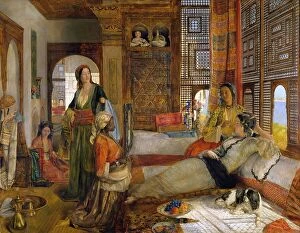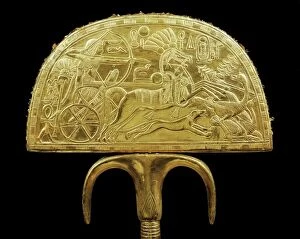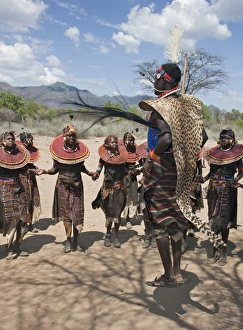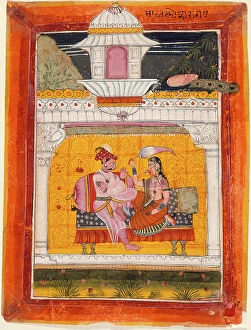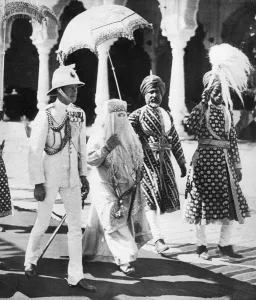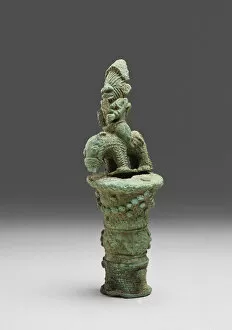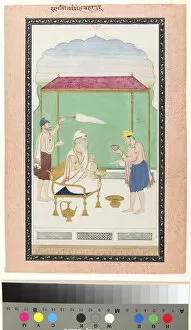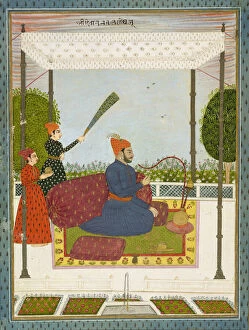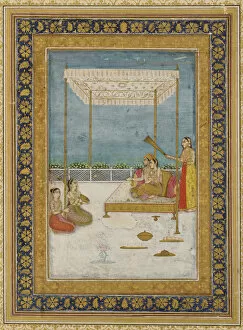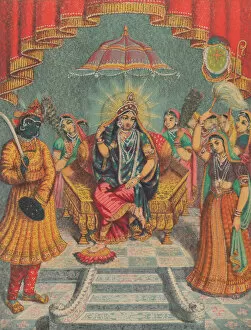Fly Whisk Collection
In various cultures and historical periods, the fly whisk has held great significance as a symbol of power, prestige, and spirituality
All Professionally Made to Order for Quick Shipping
In various cultures and historical periods, the fly whisk has held great significance as a symbol of power, prestige, and spirituality. One such instance can be seen in the Atelo ceremony of the Pokot warriors. These pastoralists from Southern Sudan celebrate their bravery by leaping high into the air while surrounded by young women. In this exhilarating moment, a warrior adorned with a cheetah skin proudly wields his fly whisk, representing his authority and prowess. Traveling back in time to ancient Egypt, we discover another remarkable use of the fly whisk. From the tomb of Pharaoh Tutankhamun in Thebes' Valley of Kings emerged an exquisite artifact – the king's own fly whisk. This discovery highlights its association with royalty and divine rulership. Moving eastward to India during 1921, we witness an enchanting scene unfold within Bhopal's Durbar Hall. The Begum gracefully escorts none other than Prince Wales himself while elegantly holding her intricately designed fly whisk. This regal accessory not only complements her attire but also signifies her esteemed position alongside British royalty. Artistic depictions throughout history further emphasize the cultural significance attached to this humble tool. A lithograph titled "Mrs Lane" showcases a woman wielding a beautifully crafted fly whisk handle made from bronze—an artistic fusion of functionality and elegance. The Benin Kingdom presents yet another captivating example through their ivory and horsehair masterpiece—a magnificent representation of their craftsmanship and status symbols. From spiritual realms to tales passed down generations, even religious texts like "The Ramayana" depict deities like Sri Krsna using a flute-shaped fly whisk as they mesmerize devotees with their divine melodies. Whether it is used for ceremonial rituals or as an emblematic accessory for nobility, these glimpses into different eras remind us that beyond its practical purpose lies an object steeped in cultural heritage—a testament to humanity's fascination with both power and beauty.

